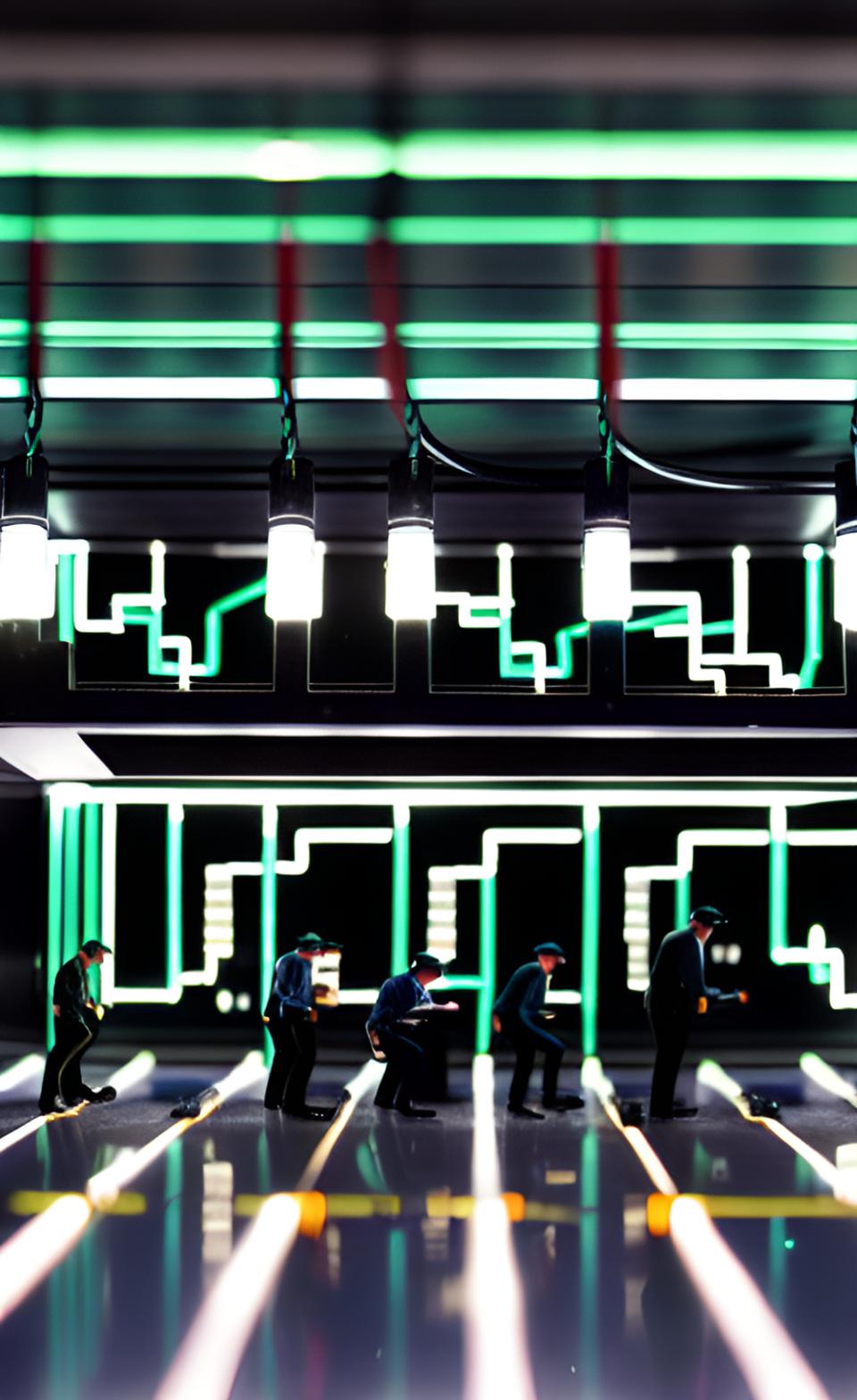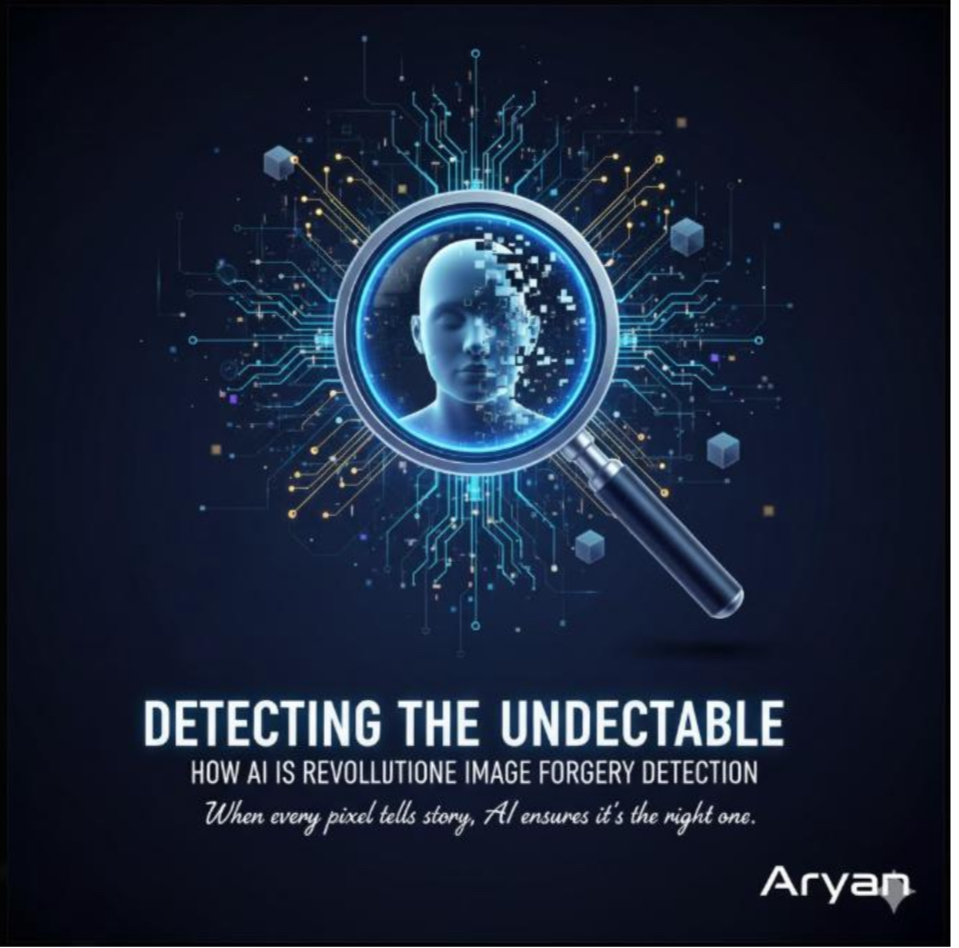"When every pixel tells a story, AI ensures its the right one."
Introduction
In a digital era overflowing with visuals, not everything we see is real. From manipulated social media images to deepfake videos, image forgery has evolved into a sophisticated cyber-threat. Traditional image verification methods manual inspection and metadata analysis are no longer enough.
Enter Artificial Intelligence, where deep learning models can analyze an image pixel by pixel, uncovering the subtlest traces of tampering and restoring trust in digital media.
How AI Detects Image Forgeries
AI-driven image forgery detection is built on pattern recognition and feature learning. Models are trained to detect anomalies that occur when an image is altered, such as irregularities in noise distribution, color patterns, or JPEG compression blocks.
1. Pixel-Level Analysis
Let an image I(x, y) represent the intensity at each pixel. A forgery introduces subtle discontinuities that can be quantified as:
I(x, y) = ((I/x)² + (I/y)²)
AI models use convolutional filters to extract such gradient-based patterns and identify unnatural transitions a telltale sign of splicing or copy-move operations.
2. CNN Architecture for Forgery Detection
- Input Layer: Raw RGB image or residual noise map
- Convolutional Layers: Extract local texture features
- Batch Normalization + ReLU: Speed up training and introduce non-linearity
- Pooling Layers: Reduce spatial dimensions
- Fully Connected Layers: Combine features for classification
- Softmax Output: Predicts probabilities of Forged or Authentic
f(l)(x, y) = Ï?(Σ w(l)ij * f(l-1)(x - i, y - j) + b(l))
3. Types of Image Forgery Detected
| Forgery Type | Description | AI Detection Method |
|---|---|---|
| Copy-Move | Cloning part of the same image | Patch-based CNN, keypoint matching |
| Splicing | Combining multiple images | Edge inconsistency analysis |
| Retouching | Adjusting brightness, texture | Residual noise comparison |
| Deepfake | Synthetic faces generated by GANs | Temporal and frequency domain CNN |
Datasets and Benchmarks
- CASIA v2.0 Classical splicing dataset
- CoMoFoD Color image forgery database
- FaceForensics++ Real vs deepfake faces
- NIST Media Forensics Dataset Multimodal fake media repository
Results and Performance
| Model | Accuracy | Dataset | Notes |
|---|---|---|---|
| CNN + SIFT Features | 92.3% | CASIA | Good for copy-move forgeries |
| ResNet50 (Fine-Tuned) | 96.7% | CoMoFoD | Effective on complex color textures |
| Vision Transformer (ViT) | 98.2% | FaceForensics++ | Excellent for deepfakes |
Raniac's Edge: AI-Powered Integrity
At Raniac, we believe AI should not only automate it should authenticate. Our in-house AI solutions leverage transfer learning, feature fusion, and automated retraining pipelines to deliver real-time forgery detection for enterprises, media firms, and digital security platforms.
- Verify image authenticity in under 2 seconds
- Detect manipulations with >97% confidence
- Integrate seamlessly into existing CMS or verification tools
Conclusion
As image manipulation tools evolve, so must our defenses. With AI-driven image forgery detection, Raniac stands at the frontier of digital truth verification ensuring that every image shared, published, or trusted truly represents reality.






